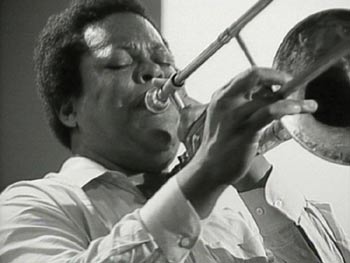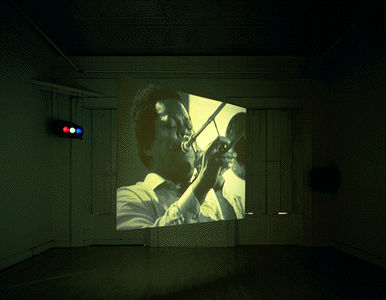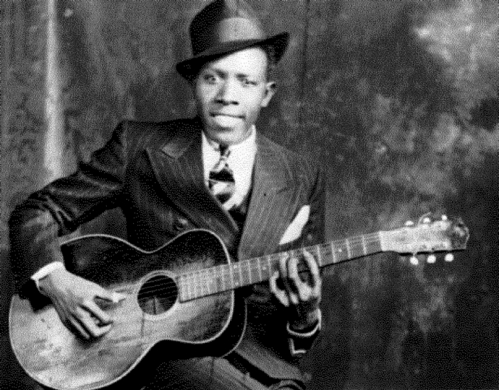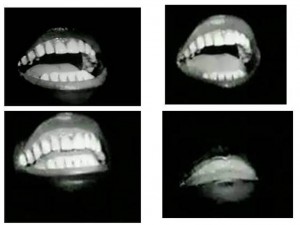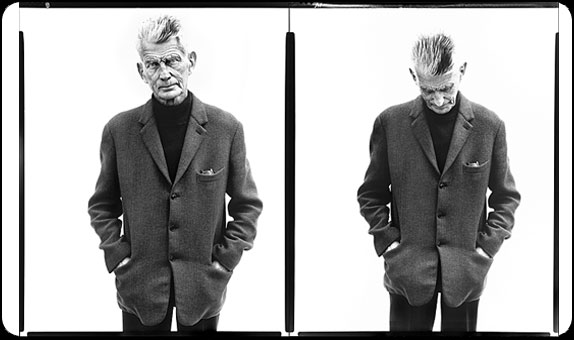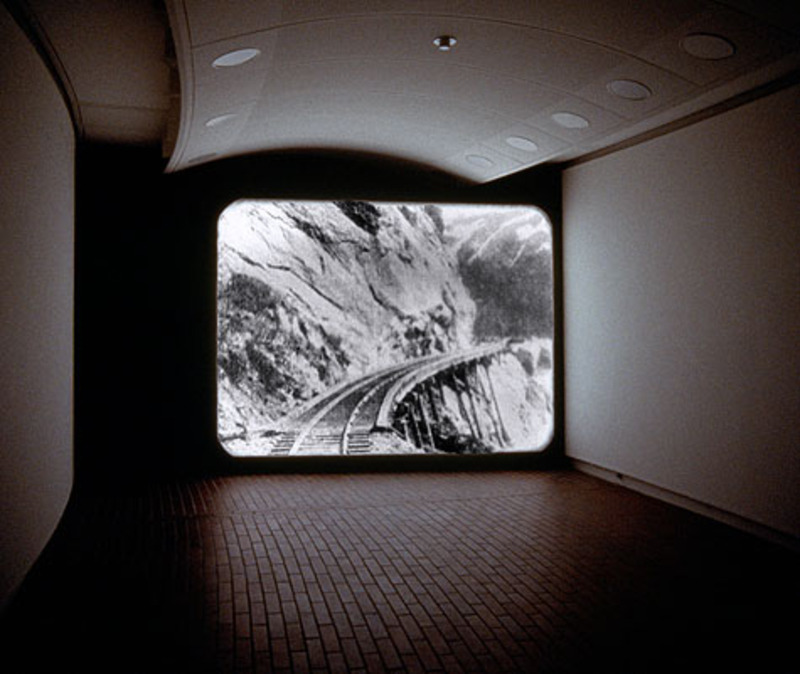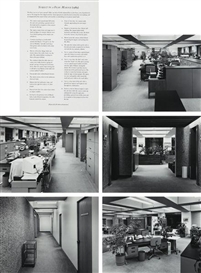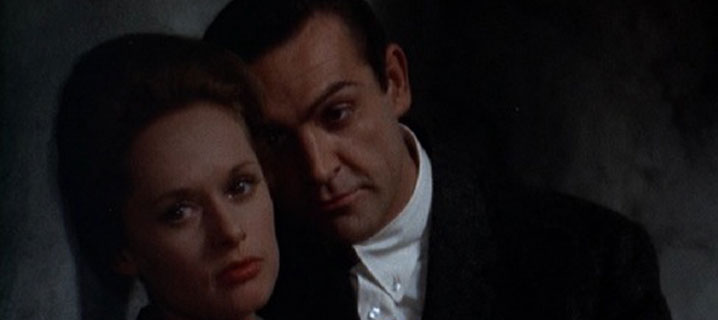
Stan Douglas
YYZ Lecture January 9, 1989
Stan Douglas is a visual artist living in Vancouver who has been working with cinematographic media for a number of years. He has recently produced a body of work for commercial slots on broadcast television, and curated a touring exhibition of Samuel Beckett’s video and film work. The following is an excerpt from a talk given on the occasion of his exhibition at YYZ (an artist run centre committed to showing time-based work) in January of this year.
“Two Hangers at the Jericho Air Station was a piece I did quite a while ago when I still in art school. I’m only talking about it now because it relates to work that we’ll be talking about at the end. In that case it uses a public place, and involves a certain kind of anonymity which is becoming more and more interesting to me. In Vancouver there’s a (rendered inaudible)… possible development happening on the site but all of that was lost and all that’s left are the foundations of the buildings and rubble around them. They were burned one night under mysterious circumstances because there was some controversy as to whether they would be continued to be used for artist’s studios and public theatres or if it would be used for commercial parkland. What I did was collect rubble from the site of the original buildings and make cement casts from plans of the buildings, then set my maquettes in the centres of each foundation. It’s like a memorial to the buildings, a memory of what the place once was. And they’re still there, it’s been seven years I guess, and one of the models is still there growing moss along one of its sides. So they’ve been integrated into that landscape. I wonder about the relation of people to that site-if they can remember what the place was because of these things.
Before I get on to the other work I should mention a small polemic which will direct my arguments. I prefer to talk about my work in terms of its specific historical allusions or subject matter or material as opposed to using art historical arguments. Art historical arguments are very common these days and use a very particular kind of art history which is derived from Greenberg’s teleology and which is constantly being reified by art magazines. People seem to think that they can plug into this art history and produce the next phase of a certain trajectory of art and become validated etc. solely based on the terms of what they’re doing becoming art or not becoming art. This seems very strange to me since the importance of much of the work of modernism in Europe and North America has come as a result of artists including extra-artistic materials and subject matter. But especially in postmodernist tendencies like Neo-geo you’re seeing people who depend on a very reified notion of what art history is in order for their work to exist.
Shortly after I made Hangars I began documenting it and my intention was just to document, that’s what I thought I was doing. But I was shooting so much film and doing so much printing I realized I was starting to make photography. Eventually I started making black and white transparencies and arranging the slides into sequences that would mimic cinematic gestures such as tracking, panning and cinematic kinds of montage.
This is a still from a piece called Jazz which had a jazz soundtrack and had Vancouver sitting in for… well, I should describe the technique itself which is a dissolve technique. You have one slide up and another one dissolves on top of that, one slide fading out while another fades in overtop. This can allow simple montage or the appearance of motion as one picture dissolves into the next. In a way it’s slowing down the persistence of vision effect that allows film to produce a consistent or coherent image that appears to be moving. In this piece I was using the back alleys of downtown Vancouver as a mise-en-scéne for a non-extant film noir, trying to make it look as much as possible like the setting of that movie genre. The soundtrack uses the same type of music to represent the use that any site or location can have through the manipulation of photographic means. I did a whole series of work of this sort which developed into this very very long 22 minute piece shot in a brewery which was an attempt at making some kind of masterpiece which became an awesome failure and I don’t want to talk about it… (laughter)
The very last fairly straight forward slide projection piece that I made which would be shown in a theatre on a screen was called Two Devises or Deux Devises. It was in two parts. This is a slide from part one called Breath. There was a nineteenth century art song by Charles Grouod called O ma belle rebelle: you have a baritone singing a very sentimental, very emotional song about unrequited love and this very straightforward and cool English translation of the French lyric (subtitles) on the screen dissolving like subtitles do, line for line. Part two, called Mime, consisted of close-ups of my mouth in the shape of different phonemes like: ah, ee, oo and then recombining those in a sequence to make them sync up and on occasion not sync up to a blues song called Preachin’ Blues by Robert Johnson. As I watch the piece I can see the technique get very much in the way of transparency but on occasion the cut or dissolve would work in such a way that it seems as if the sound is coming out of that mouth. The identification that’s become habitual through film and television is constantly shifting back and forth, sometimes it would work very well and sometimes it would disappear. The choice of the blues song is a fairly personal one, derived in a way from my experience of being black in a predominantly white culture, having very little contact with black American culture, but at the same time being expected to represent that to people-both to people who were antagonistically racist and to liberal types. So what you have is my image not quite synching up or relating to a very archetypal black figure, Robert Johnson. The song itself is about paranoia. The first line is, “I woke up this morning, all my blues were walking like a man.” It’s about fears or paranoias being realized in some way or other. The subject matter combined with images synching up and not synching up was a fairly personal emblem for me, thence the title Deux Devises, which is from the Renaissance emblems worn by noble men or soldiers to represent aspiration or desire which they would put on clothing or on banner that they would take to war or keep in their homes.
When I made that piece I didn’t know at the time but it has a very similar image to that of a video piece by Samuel Beckett called Not I in which a mouth disembodied in space on a TV screen fades up from black speaks for fifteen minutes then disappears back into black, speaking incredibly quickly, telling stories of a life that is apparently her own but which she is constantly denying. She stops when she’s about to admit the first person singular, about to admit that they are her stories but she stops and says, “What? Who? No. She!” and returns to the third person as a means to avoid speaking in a language that identifies her and at the same time excludes her.
After I made that slide piece which was half made in art school and half made out of art school, I took a break for about a year and read because I was quite confused as to what it was I was supposed to be doing. At the time I read quite a bit of literature. Novels, poetry and critical theory, read a lot of Beckett’s work which fascinated me because what I found there was not what I’d been taught to expect when I was in high school, etc. This piece (Panoramic Rotunda) in a way came from misremembering a line from a Beckett piece called Fizzle No. 7 which went, “Eyes in their orbits silent…” no wait, “Eyes in their orbits, Blue unlike the dolls, The fall not closed nor the dust yet stopped up” which I somehow misremembered as “Soundless eyes in their orbits” for some reason. The word orbit fascinated me. It indicates the bone in the skull that holds eyes in their place-it’s like the material support for vision. Through various associations I came up with this image of a swamp which mimics the form of nineteenth century panoramas. From the centre of a swamp I made a series of photographs to make this 360 degree image which could potentially wrap around the viewer. I chose a swamp because it can be taken as a metaphor for an eye, it’s circular, wet, like an aqueous humour, it’s the centre, a collection point for the various phenomena in the wooded area around it. It relates to the original panoramas in that they were always representing exotic or foreign landscapes which were brought to the cities to be shown for amusement. Part of this amusement was that the viewer was situated in the centre of the perspectival field. In a way the perspective system developed in the Renaissance was taken to its limit in the panorama, which closed the subject of the vanishing point into a very precise and static central position. In this piece, which is displayed flayed out on a wall, the subject or central position has been broken open and its individuality has been displaced to the rotunda periphery, broken into three. The sense I wanted this to produce theatrically was one of inertia, the rotunda hangs like an artifact in a museum.
This is a book of music, Liszt’s transcriptions of Beethoven’s sonatas open to a passage in his last piano sonata Opus 111. I began this work Onomatopoeia with its soundtrack. In the centre of that sonata there’s a weird historical phantom-you hear what sounds like ragtime even though there’s no possibility Beethoven could have been writing ragtime in the nineteenth century. What interested me about this was how the experience of the music is now so different from what it could have been to Beethoven’s contemporaries, thanks to our experience of ragtime. The effect of the music is one of historical distance. I took this fragment of music and framed it with some episodes that follow and had my new score cut into a player piano roll. This eventually became the soundtrack for my piece which combines slide projections and the performance of a player piano. The player piano heightens the ragtime effect to a great degree. It has very even dynamics, it is very loud, which was characteristic of the performance styles of juke joint piano players.
Above the piano almost like a large though balloon or more to the point mimicking the accompaniment of silent films by pianists, were images of looms in the workshop of a woolen mill. In the first section, you see the various devices and tools and workspaces of people who work in the mill, but only their traces, you don’t see the people themselves. There are piece of clothing, cups, tools, calendars, personal artifacts in spaces that show traces of use in some way or other. Again using the same slide technique I described earlier which would effect pans, tracking shots and montage. The central section showed various close-ups of the looms themselves working without operators and very much like Mime, the piece with my mouth, animating somewhat convincingly and somewhat unconvincingly, so for awhile it would appear to be working and then all of a sudden t would break down and the screen would go black as the music proceeded. This animation of the looms only happened in the ragtime sequence, then after that you would hear the other music and the other spatial representation. I was interested here too in the actual technological connection between the loom and the player piano because the device or the rolls which are pictured in the earlier sections which give coding to the machine to tell it what patterns to make is exactly the same technological process that controls a player piano. They both take events in time and spatialize them in order to make them exactly repeatable, to produce identities that can be manipulated in various ways. I was interested here in connecting up human absence in the dropping keys of the player piano which appears to have a phantom performer and these automatic looms. It’s interesting too that the automatic loom is one of the every first industrialized human activities, one of the oldest human activities but one of the first to be industrialized in a large way and the one that caused Ned Lud to inspire riots in England that had factories building fortresses and hiring armies to protect themselves from workers who had lost their jobs and wanted to destroy the machinery.
This is a piece from 1986. My first actual film piece, Overture. The image consists of archival footage shot by the Edison Film Company between 1899-1901 of a train’s eye view of a trip through the Rocky Mountains. You see the train come out of a tunnel, go down a section of track and go back into a tunnel in three different views-repeated twice with six pieces of text spoken overtop. The text was derived from Marcel Proust’s “Overture” to Remembrance of Things Past. A very huge novel, but the first ten pages in a way condense the remaining three thousand. They talk about notions of voluntary and involuntary memory. The former conjures up a memory so you can make it useful while involuntary memory is when something just comes to you. Proust valorize involuntary memory because it can’t be put to use for methods of war for the industrial relations that was destroying the class that the novel depicts.
I recombined Proust’s sentences or sentence fragments in such a way that I could have a very non-linear text that wouldn’t have the specifics of his situation but still have his syntax. One important concept in Proust is habit which he says is the cognitive activity that allows one to deal with new experiences. And the condition which the speaker is undergoing in the overture is being unable to find the habit which will allow him to deal with a new situation, it is one of strangeness. In Proust’s language he is confronted with reality: that which is indifferent to human will, mortality.
Overture is a film loop that just goes on and on, it doesn’t strictly have a beginning or an end. It’s the condition of that language and this imagery never quite arriving in the new world. It’s all shot in the Rocky Mountains on the first CPR line going into British Columbia. In a way my intention was to show European culture arriving in North America but not being able to deal with this new situation.
When installed there’s a quite large eight and a half foot high projection box-vaguely anthropomorphic with the lens for an eye and the speaker for a mouth and I guess the fan for an ear-talking at the projection trying to understand its condition but never being able to leave this fascinating specular image. When you see it installed, the blackouts aren’t as strictly codified as they are on the videotape. On tape it appears that the blackouts signify lapses of consciousness and that going along the train tracks and seeing the landscape represents consciousness. In the gallery, however, one is returned to the space in which one is standing staring at a blank wall beside this whirring machine producing the image…
…the film loop next door (Subject to a Film) is based on the film Marnie by Alfred Hitchcock. I’ll leave that to the end, I’ve just finished the piece. I’ve quite a lot of difficulty talking about things I’ve just done and I’ve only seen the piece a few times. I do know that it’s based on a minor Hitchcock film made in 1964 with Tippi Hedron and Sean Connery. In it there’s a woman who travels from city to city stealing, until she is set up and then trapped by the Sean Connery character Mark Rutland. He’s her boss and in a way makes it possible for her to rob the company and then uses the threat of jail to make her marry him. Then he’s very surprised when she doesn’t want to sleep in the same room as him and refuses to be touched by him. So he decides that Marnie is sick and that there’s some psychological trauma that she has to discover. Eventually they uncover a ‘primal scene’ involving her mother who was then a prostitute and a sailor who’s killed by the young Marnie who has since repressed the whole episode. But even with that memory returned to her the relation to her mother and her new husband doesn’t really change. That’s because her mother’s still reminded of the murder. After all this Marnie’s last lines of the film are: “Oh Mark, I don’t want to go to jail, I’d rather stay here with you.” (laughter) In a way it’s similar to the Lulu plays in that its original scenario could make real sense to a contemporary audience but seeing it now, it seems extremely strange. What I was trying to do with the film loop is to suspend the closure the film makes. To take that one scene, all the shots you see are based on the pivotal robbery sequence in which she’s going to be captured, and suspend its closure because that robbery was the last robbery after which she could not go on to another or find some other subterranean economy. For people who don’t know the movie I hope there is some sense of the suspense continuing but on a more formal level. In the position of the camera tracking her, the camera flickering between her point of view and being a very present character following her and also the notion of wage labour and someone having to work in an office and the necessity of finding some other means of supporting herself.”
Originally published in: The Independent Eye, Vol. 10 #2 (Winter 1989)
